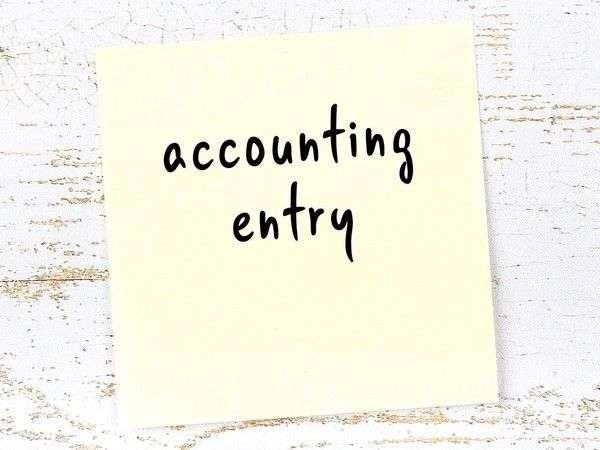Adjusting entries are accounting entries made at the end of an accounting period to ensure that the financial statements accurately reflect the accrual basis of accounting. These entries are necessary because some transactions and events are not recorded daily but affect the financial statements for the period in which they occur.
Table of Contents
Purpose of Adjusting Entries
1. Accrual Basis Accounting:
- Adjusting entries ensure that revenues are recognized when earned and expenses are recognized when incurred, regardless of when cash transactions occur.
- This aligns with the matching principle, which states that expenses should be matched with the revenues they generate.
2. Correcting Errors:
- Adjusting entries correct errors and omissions in the initial accounting records to present accurate financial information.
- They ensure that the financial statements provide a true and fair view of the company’s financial performance and position.
3. Prepayments and Accruals:
- Adjusting entries handle prepayments (e.g., prepaid expenses) and accruals (e.g., accrued revenues or expenses) that were not recorded during the accounting period.
- They recognize income or expenses in the period in which they are earned or incurred, rather than when cash is exchanged.
Types of Adjusting Entries
1. Accrued Revenues:
- Definition: These are revenues that have been earned but not yet recorded because cash has not been received.
- Example: A service company performs a service in December but bills the client in January. An adjusting entry in December recognizes the revenue earned.
2. Accrued Expenses:
- Definition: These are expenses that have been incurred but not yet recorded because cash has not been paid.
- Example: A company incurs utility expenses in December but receives the bill in January. An adjusting entry in December records the expense.
3. Prepaid Expenses:
- Definition: These are expenses paid in advance but not yet incurred or used.
- Example: Prepaid insurance premiums or prepaid rent, where the expense is initially recorded as an asset and adjusted over time as it is used or expires.
4. Unearned Revenues:
- Definition: These are revenues received in advance but not yet earned because goods or services have not been delivered.
- Example: Subscription revenue received in advance where the service period extends beyond the current accounting period.
Example of Adjusting Entries
Real-Life Scenario:
Consider a small retail store preparing its financial statements for the year ended December 31st:
- Accrued Revenue: The store provides a service in December but invoices the customer in January. An adjusting entry in December recognizes the revenue earned.
- Accrued Expense: The store uses utilities throughout December but receives the bill in January. An adjusting entry in December records the utility expense.
- Prepaid Expense: The store pays insurance premiums for the upcoming year in December. An adjusting entry reduces the prepaid asset and recognizes the portion of the expense applicable to December.
- Unearned Revenue: The store receives payment for a magazine subscription that spans six months starting in January. An adjusting entry in December defers a portion of the revenue to January, reflecting the service period.
References and Standards
Adjusting entries are a fundamental part of accrual accounting principles governed by International Financial Reporting Standards (IFRS) and Generally Accepted Accounting Principles (GAAP). These standards ensure consistency and comparability in financial reporting across industries and jurisdictions.
Conclusion
In conclusion, adjusting entries play a crucial role in ensuring that financial statements accurately reflect the financial position and performance of a company for a given accounting period. By recording accrued revenues, accrued expenses, prepaid expenses, and unearned revenues, adjusting entries adhere to accrual accounting principles, correct errors, and provide stakeholders with reliable information for decision-making. Understanding adjusting entries is essential for accounting professionals and stakeholders to interpret financial statements effectively and assess the financial health of an organization.





